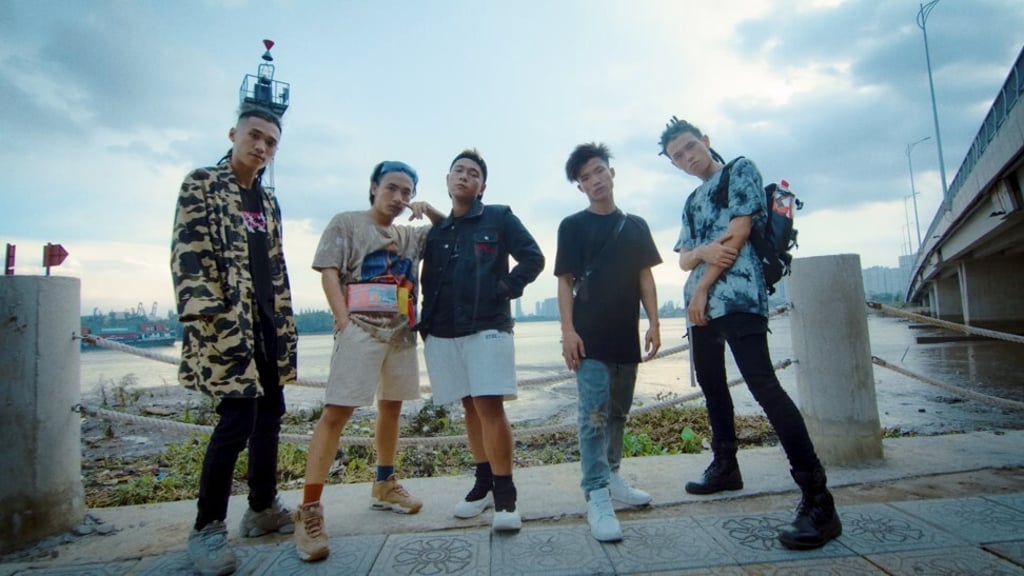Advertisement
Why Singapore isn’t boring: its gritty underbelly explored by online series ‘Living in SIN’
- Underground hip-hop, convicted street artists and the city state’s most notorious gangster tackled in new online micro-documentary series
- Creators from online channel Not Safe For TV say directors such as Eric Khoo, Jasmine Ng and Anthony Chen paved the way for young filmmakers like them
Reading Time:5 minutes
Why you can trust SCMP

For a pair of young television rebels, Singapore is more than just an uptight, squeaky-clean, conservative state.
“People have this impression that Singapore is boring,” says 25-year-old Tan Hui Er, co-founder of the Not Safe For TV online channel. “The interesting parts of our country are there, but we just have to look for them in the right places.”
For the channel’s new “Living in SIN” micro-documentary series, Tan and her collaborators did just that.
Advertisement
Episodes in the series cover a range of topics, including the city state’s vibrant underground hip-hop scene; nonconformist advertising veteran Pann Lim, known for his offbeat style; two hardcore motorsports enthusiasts who defied the odds to pursue the thrill of fast cars in a city where racing opportunities are limited; and the chequered past of Singapore’s most wanted gangster, Roland Tan, linked to one of the world’s largest drug syndicates.

Advertisement
The series is not just about “subverting the whole Crazy Rich Asians glitz and glamour paradigm” but providing another layer to the narrative, says Not Safe For TV’s social and digital media strategist Jerrell Chow.
Advertisement
Select Voice
Choose your listening speed
Get through articles 2x faster
1.25x
250 WPM
Slow
Average
Fast
1.25x